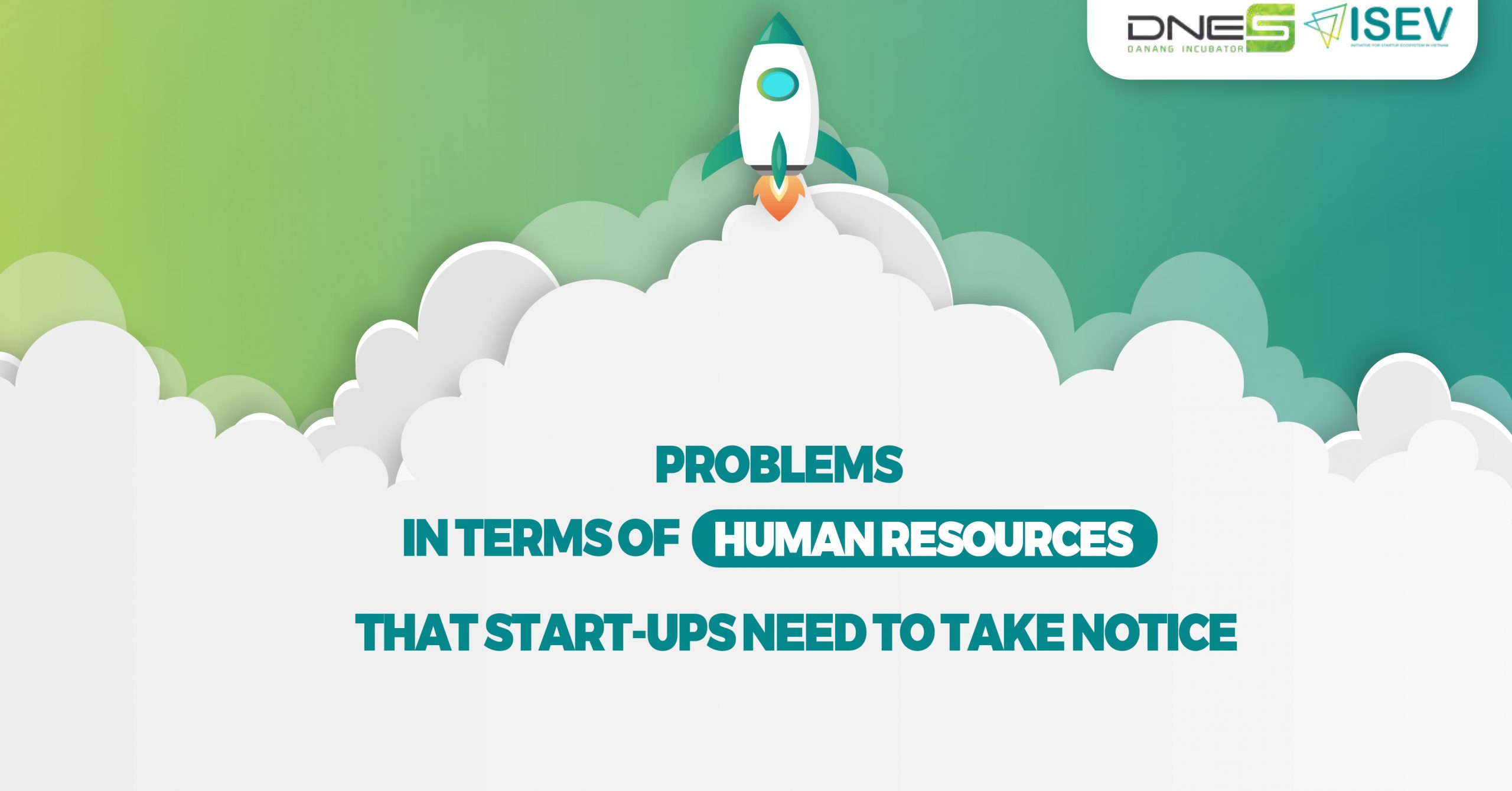EFFECTIVE PRODUCT DEVELOPMENT METHODS FOR STARTUPS
Product development is definitely paramount for every business. However, how to build and develop products properly and effectively is still a big challenge. And to give startups more in-depth knowledge about product development, the next lesson under the topic "Product development for startups" will revolve around the content of how to develop products at an early stage, thereby maximizing the chances of achieving Product Market Fit.
The series of lessons "Product development for startups" is part of the "Series of startup lessons" implemented by Da Nang Business Incubator (DNES) in collaboration with project office 844. The content of the lesson consists of four parts:
– Part 1: Product and product development stages
– Part 2: Effective product development methods
– Part 3: Managing the product development process
– Part 4: Some notes when developing products
Part I. Products and stages of product development for startups: see more
Part II. Effective product development methodology to achieve Product Market Fit
-
Causes of a product failure:
In fact, the majority of startups ( innovative startups) fail when they cannot grow strongly and divest successfully. And according to statistics, the leading cause of startup failure is the product that does not meet the market. There are many reasons behind a product not meeting Product Market Fit, however, most of them are subjective errors of businesses and founders such as:
– After making the product, you can find compatible customers, resulting in not finding the right customer base for the product.
– Hypothetical customer base, none or none in reality
– Sometimes the founder has knowledge and experience in the industry, which leads to overconfidence and directing the product completely to his liking. While those experiences may be flawed or unsuitable for crowd tastes.
– The first version of the product was too minimal, which resulted in the failure to meet any needs. Therefore, businesses cannot verify anything about the product with customers to try it.
– The founder said that Product Market Fit is too early with unclear signs, leading to a marketing push while the product is not really good.
-
Approaches that support product development:
The above mistakes are very common, not only for Vietnamese startups but also for startups around the world. Therefore, in order to minimize such risks, many approaches have been established to support product development in the most effective way, especially at an early stage. Prominent among them are two methods: (1) Lean Startup: lean startup and (2) Design Thinking: design thinking.
1. Lean Startup: lean startup
In essence, this is an approach to achieve Product Market Fit through building a "Minimum Viable Product" (MVP) and constantly improving it through the Build-Measure-Learn loop. Concrete:
– You start by building an MVP of key features with the assumption that it will satisfy customer needs. MVP will be used and evaluated by users. You measure metrics and user reviews to verify assumptions. From there, make decisions about the direction of improving the product.
– You repeat this process until the customer is completely satisfied with the product and ready to buy, then you have achieved Product Market Fit.
![Product-Market Fit (2022): What, Why and How [+ Pyramid]](https://gustdebacker.com/wp-content/uploads/2021/05/Product-Market-Fit-1.png)
2. Design Thinking: design thinking
Design Thinking is a 5-step problem-solving process, with humans at the heart of the whole process.
– You need to start by empathizing with your target customers and understand: "Who are my customers?", "What are their needs?"
– Then, you pick and prioritize the customer's problems that you think are the most painful, and then start brainstorming ideas to solve those problems.
– The best idea will be translated into a demo product and experienced by the target customer .
– This product needs to be continuously improved and tested until product market fit is achieved.
III. Differences and risks of the two approaches:
-
Differences:
To make it easier to visualize the differences of the 2 methods, let's look at the hypothetical illustrative example: the need to develop a long-term offshore fishing boat.
– With Lean Startup: by evaluating the solutions and trends on the market, you make the assumption that material factors such as more durable hulls and stronger engines will help ships travel longer. Then, you build 1 ship model (MVP) corresponding to the assumption and then give it to seafaring fishermen to try, measure the time offshore and receive their feedback.
– With Design Thinking: the first thing you do is reach out, learn and observe how fishermen are operating their vessels and fishing far from the shore. From there, you see the thorny problem of how to store caught seafood longer and how to communicate better. Then, you design 1 improved boat model that solves the above problems and give it to fishermen for evaluation and comment.
-
Risk:
Both methods have certain risks.
– With Lean Startup, the risk is when the assumption is incorrect and you lose the cost of being an MVP.
– As for Design Thinking, sometimes just giving a model, or prototype, is not enough to properly measure the effectiveness and satisfaction of the target customer.
From the personal experience of incubation experts at Da Nang Business Incubator (DNES), both methods are very practical and complementary. Startups need to skillfully combine the above 2 methods to get the most suitable approach. You can apply design thinking in the beginning when learning about the market and customers to identify their most pressing problems. From there propose ideas to solve that problem. The insights and discoveries gained with Design Thinking will be inputs in the form of assumptions that have the basis for Lean Startup's continuous verification loops (Build – Measure – Learn), in order to achieve the product-market fit goal as soon as possible.
These two methods are widely applied in both startups and large companies such as Uber, Airbnb, Facebook, Google… to constantly promote innovation. Therefore, you should spend time researching more deeply the above methods to apply to your own startup.
And to better understand the two methods to help develop products that achieve Product Market Fit, please watch more video lessons below.
Author: Vu Xuan Truong




